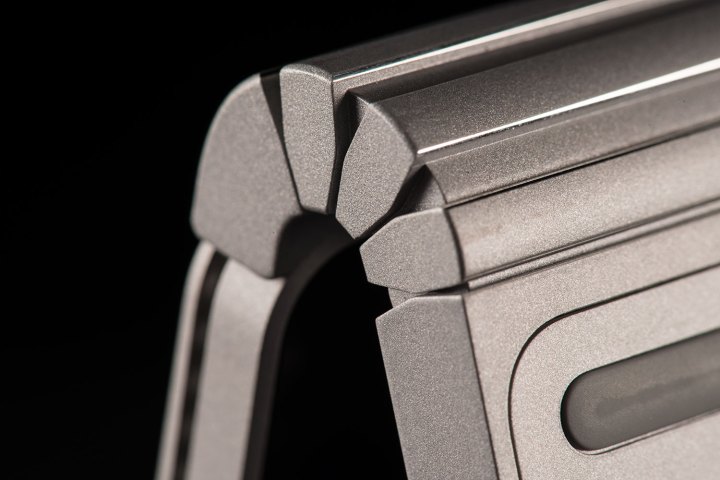
One of the latest rumors surrounding the Surface Book 2 is that it will feature Intel’s new “Kaby Lake” processor that doesn’t go into mass production until late 2016. However, Intel CEO Brian Krzanich confirmed last month that Kaby Lake processors and their related chipsets were already in the hands of PC manufacturers, indicating that devices would begin to arrive within Q4 2016. Intel’s Kaby Lake lineup will include the “S” SKU for desktop (2016), the “U” SKUs for mobile (2016, 2017), the “Y” SKU for mobile (2016, 2017), and the “H” SKU for mobile (2017).
The Kaby Lake-U SKUs, built on 14 nanometer process technology, are dual-core, low-power chips designed for mobility. The models expected to ship in the latter part of 2016 include integrated GT2 graphics and thermal envelopes ranging from 15 watts to 28 watts. Intel is also slated to release a Kaby Lake-U SKU in 2017 packed with GT3e graphics that has its own 64MB of L4 cache to provide a higher bandwidth.
Alongside Kaby Lake-U later this year will be a Kaby Lake-Y SKU packing two cores and GT2 graphics. This is a low power model for mobile as well, featuring a thermal envelope that dips way down into 4.5 watts, ideal for tablets. Like the Kaby Lake-U SKU, it will sport a single-chip SoC design and not include any eDRAM for the graphics core.
That all said, the new Surface Book 2 will likely get an upgrade to the seventh-generation Kaby Lake-U SKU, moving up from the sixth-generation Intel Core i5-6300U and the Core i7-6600U “Skylake” processors in the original Surface Book.
As for other Surface Book 2-related rumors, Microsoft has reportedly fixed an issue regarding the device’s unique fulcrum hinge. This design annoyed many owners, with the gap created by the hinge when closed looking rather unpleasant. This caused concerns over the structural integrity of the lid’s attachment to the base, and a possible collection of dust forming in the open crack. The updated design supposedly reflects a traditional laptop, closing the gap.
There’s also talk about a Surface-branded all-in-one PC aimed at the living room. Microsoft is reportedly now testing three different display sizes: a 21-inch model with a Full HD resolution, a 24-inch model with a 4K resolution, and a 27-inch model with a 4K resolution. There’s no indication that Microsoft plans to sell all three models, or if it will decide to stick with just one form factor.
Additionally, this AIO is rumored to be “elegant,” a device consumers will be proud to see in their living room space. That leads us to speculate that Microsoft may be going after Apple’s iMac, which looks to be nothing more than a huge, “elegant” screen with a mere keyboard and mouse attached: no bulky desktop tower is in use, taking up visual space. That said, we expect to hear more about this specific device in the coming months.


